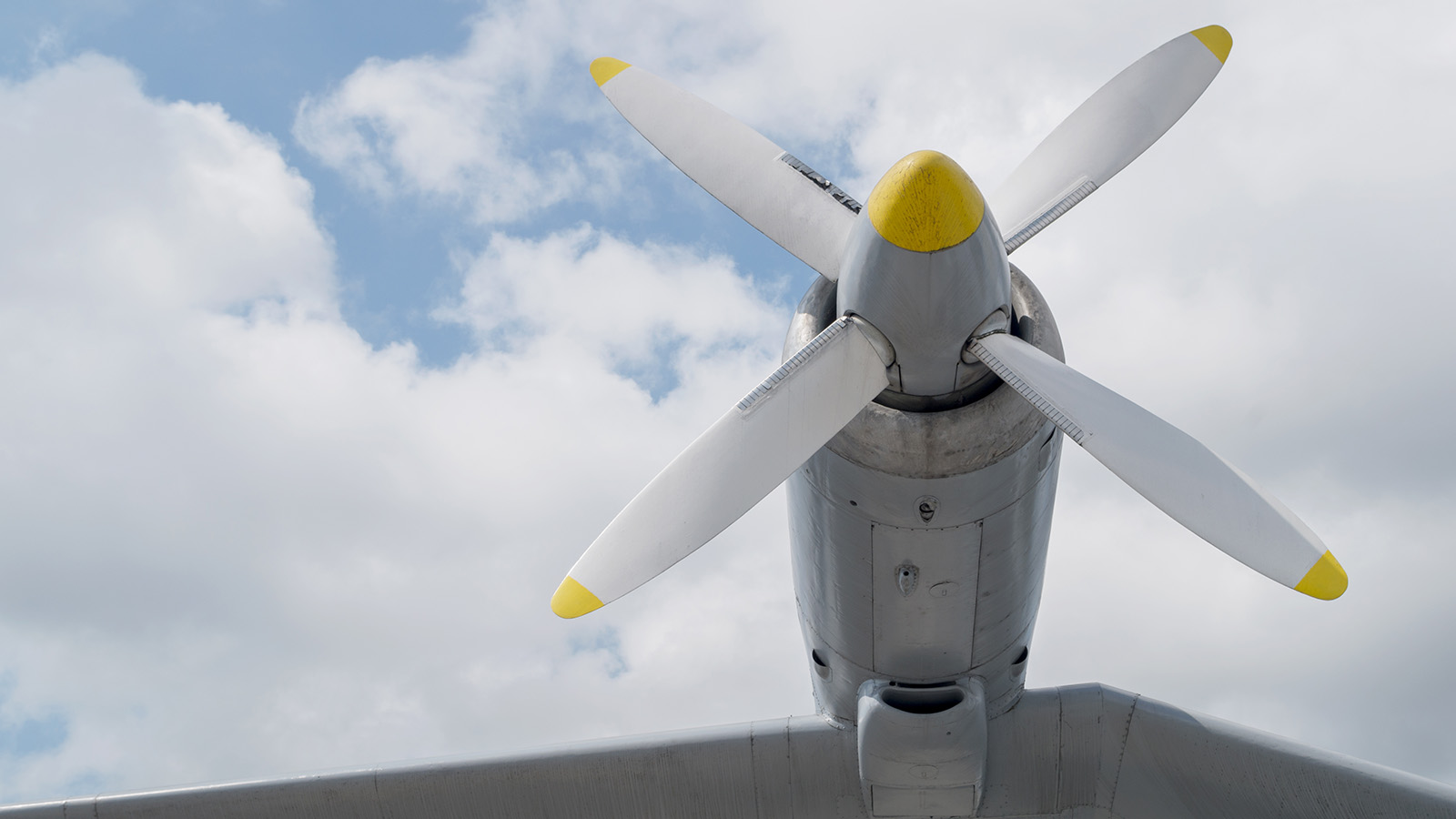Stay Up to Date
Submit your email address to receive the latest industry and Aerospace America news.
Legacy helicopter company may not enter short-distance air taxi market
Labeling an aircraft as “hybrid-electric” and “autonomous” can mean different things to different people, so a good question is what those terms mean to engineers at Lockheed Martin’s Sikorsky company.
Earlier this month, Sikorsky announced it is producing a vertical takeoff and landing aircraft called Hex, short for Hybrid-Electric Demonstrator, that will help it explore whether to build production versions to shuttle personnel and cargo for the military and carry passengers between cities for regional air mobility operators.
To get a better understanding of the plan for this aircraft, I spoke to Igor Cherepinsky, director of Sikorsky Innovations, the company’s research and development unit that leads the Hex project.
The starting point for our discussion was the GE Aerospace CT7 engine, a commercial version of those in Black Hawk helicopters. Hex will have one of these, and its shaft will turn the blades of a 1-megawatt-class generator that would produce electricity for the aircraft’s battery. At times, though, it would also feed electricity directly to the motor that would turn the aircraft’s rotor or rotors. Cherepinsky isn’t saying how many Hex will have.
“This isn’t just a backup turbine or a turbine powering a battery. This is a dynamic power application where the turbine is providing power and the battery is providing power, with our vehicle consuming power and our control system managing that,” Cherepinsky told me. “In some instances, the turbine might be charging the batteries. In other instances, the aircraft might be drawing power directly from both the turbine and the battery.”
I later asked Sikorsky via email under which circumstances Hex might draw power from both sources, and the company responded that it is “developing various power management algorithms that cover a wide variety of use cases.”
Regarding control, Sikorsky describes Hex as “fully autonomous” and plans to fly it uncrewed with Matrix, its automated flight software. But Cherepinsky said the aircraft could accommodate a pilot when need be.
“The cockpit will definitely have a seat in it, seatbelts and all, but it could be operated from the back seat or with no one on board,” he says. “There’s definitely going to be some sort of a display and some sort of levers, but I wouldn’t assume they will look like” conventional helicopter controls.
With a maximum gross takeoff weight of 3,200 kilograms, Hex would be among the heaviest known VTOLs with electric propulsion. For example, Joby’s S4 all-electric prototype has a gross weight of about 2,200 kilograms.
This is not Sikorsky’s first foray into electric aviation. In 2010, the company unveiled the Sikorsky Firefly, an all-electric, light helicopter demonstrator, but I couldn’t determine whether it ever flew.
Cherepinsky bridles a bit when I ask him about engineering challenges for the Hex project.
“We think of them as learning opportunities. We’re Sikorsky. We don’t like to do unsafe things, but we’re willing to take a little bit more risk with an unmanned vehicle,” he says. “That’s why a pilot won’t be on board at first, and that’s why I call them learning opportunities. We were obviously not going to do anything that’s inherently unsafe or, frankly, inherently silly. But we’re open to figuring things out in flight.”
Asked if he thought anyone in aviation was doing something silly these days, he responded briefly: “There’s obviously a lot of people trying to fly a lot of things right now, with various degrees of success. So we’ll just leave it at that.”
He says the company hasn’t decided yet if it will outsource battery design, but that is likely.
“We are talking to suppliers. We most likely will not be developing our own batteries because we’re into collaboration, and our plate is full by developing flight control computers, a whole system of motors for the aircraft, and we don’t foresee developing or manufacturing our own battery in production,” Cherepinsky says.
Sikorsky’s timeline calls for flying a Hex demonstrator for research by 2027, but Cherepinsky says, “We are certainly going to try to pull that back into 2026, if we can.”
Asked if the company views the Hex as a challenge to electric air taxis, Cherepinsky says “not so much.”
“We will stay with the Sikorsky mission, which is larger payloads over longer distances,” he says. “Most likely we don’t plan to play in the smaller urban air mobility market for shorter distances. We really rely on contested [battlefield] logistics and movement of cargo and people over much longer distances — hundreds of nautical miles, if not thousands, at higher speeds.”
Get the latest news about advanced air mobility delivered to your inbox every two weeks.
About paul brinkmann
Paul covers advanced air mobility, space launches and more for our website and the quarterly magazine. Paul joined us in 2022 and is based near Kennedy Space Center in Florida. He previously covered aerospace for United Press International and the Orlando Sentinel.
Related Posts
Stay Up to Date
Submit your email address to receive the latest industry and Aerospace America news.




